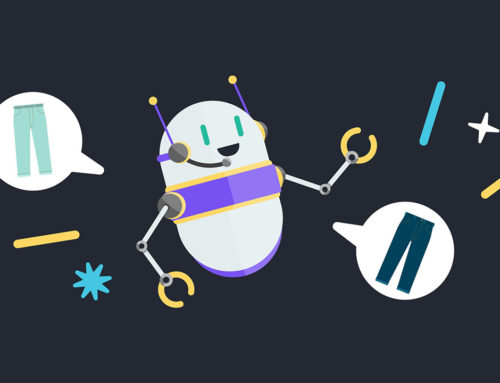COVID-19 Impact
The pandemic has forced organizations to change the way they organize and do business. The rules are changing rapidly and so does the community behavior. The pandemic has brought many challenges and opportunities with it. Today, we are realizing and relying even more on technology and this trend will go long way. Small to big, every business is transforming the way they do business, from work to home to contact less deliveries, there is something new. But all the changes and the scale of change required to capitalize on new business opportunities also require the workforce to continually learn new skills, refresh knowledge and adapt to the new normal.
Business leaders know that thriving during and post pandemic will require businesses to take on the disruption with speed, boldness and confidence. The fact that human learning has a curve and workforces resist change or disruption at a scale required today. Workforce around the world is already stressed due to COVID-19 related issues, paycheck cuts and because of what is happening to them and people around them. First thing business leaders have to come is a plan to destress workforce by motivating and engaging them to adopt the new and bring on innovation.

To drive innovation, business leaders have to align brand purpose, dynamic business objectives and performance. Here they have two options, do this in a traditional way or leverage technology to expedite the execution of change. Machine learning and artificial intelligence solutions can proactively help workforces learn the new skills and improve performance, by providing them customized, personalized, omni-channel, dynamic and predictive learning experience across devices. With zero-based mindset, businesses can take a clean-sheet approach to design the “new skill” plans with clear objectives. Workforce focus can be shifted from tasks that aren’t contributing to desired business outcomes, to the new ones that will.
Prepare for the future with new skills
The plan for the new skill development at enterprise level should be aligned with brand purpose, community and learning experiences of workforce based on their roles, job profiles and competency-based assessments. Employee data can be utilized for this purpose with the help of artificial intelligence and predictive analytics solutions available. Only captive here is workforces generally have concerns about such data collection. New skilling plan should be done in a way that builds trust in how employee data is collected and used, and focus on outcomes that benefit workforce as well as the business. According to the “70/20/10” learner experience rule, leaders should emphasize on-the-go learning, followed by social and formal learning. A key here is to have a training platform which can provide personalized learning experience, on demand and adapt to the learning behavior and need of the employee.
In short, when designing new-skill program, keep these points in mind:
- Use Big Data and Analytics to create customized & personalized learning paths.
- Develop LMS portals, prototypes and proofs of concept focusing artificial intelligence.
- Win employee trust by using data ethically and responsibly.
- Imply business intelligence for evaluating the effectiveness of new skilling and the workforce of the future.
From idea to execution, creating future-proof digital experiences is what we do, at WeCT. Tell us about your needs, we’d love to collaborate with you.
Recommended for you
Re-imagining businesses through experiences
We are a full-service digital agency with leading capabilities across digital – from web design to development, branding to marketing, cloud transformation to security. We create human-centered and future proof experiences – enabling transformation, ensuring sustainable growth.


